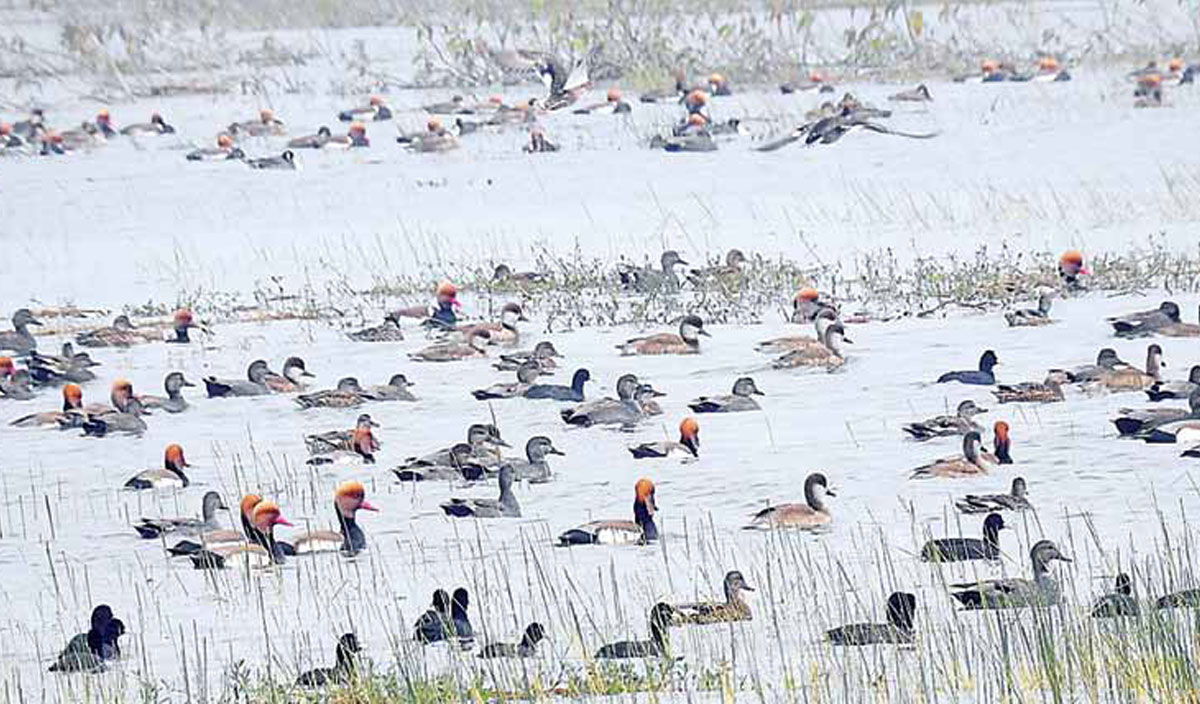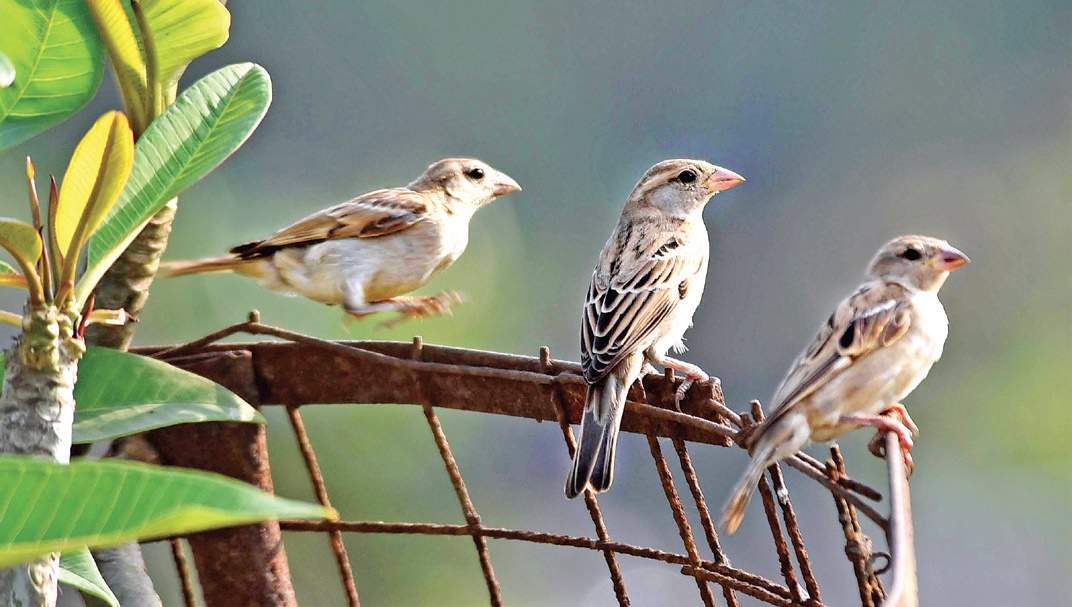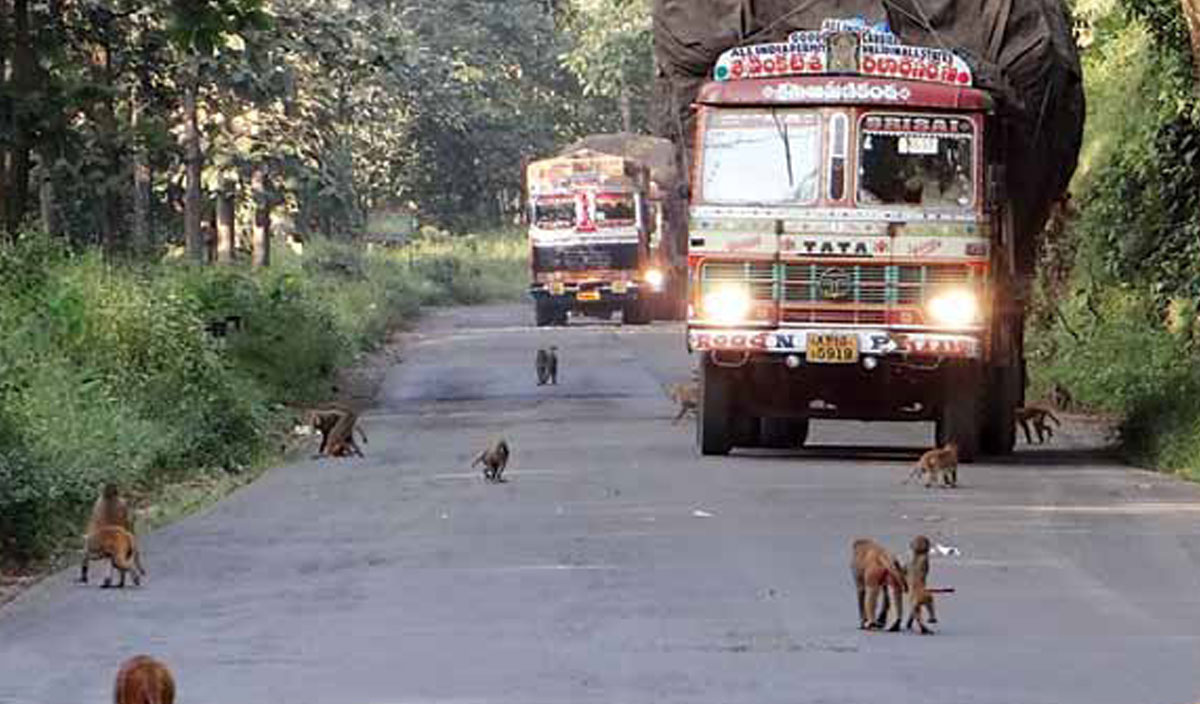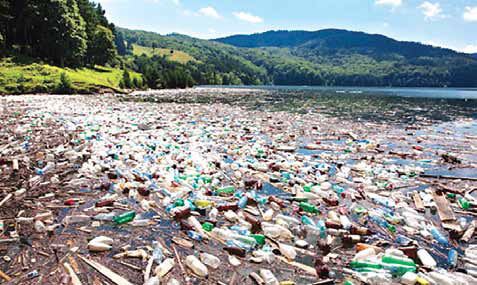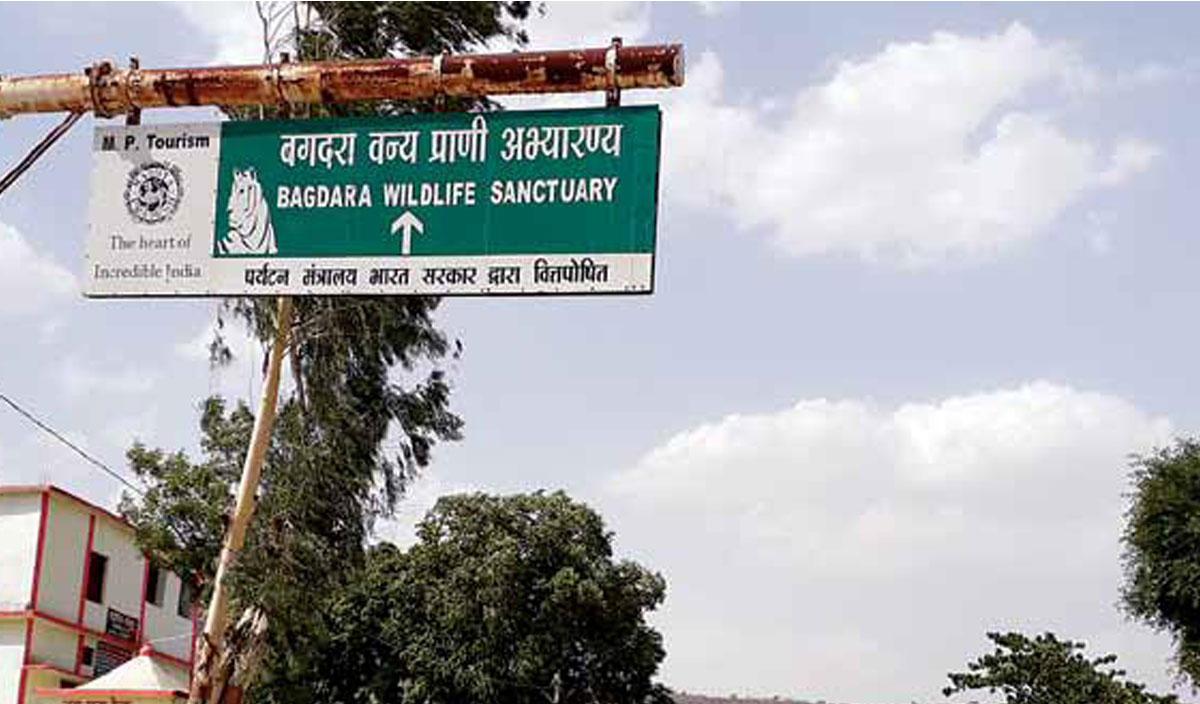
Baghdara Sanctuary – The land of black bucks and some facts of Sone Ghariyal Sanctuary
By Vikas Singh Baghel
Bagdara wild life sanctuary that was established in the year 1978 vide the GOMP Gazette notification no 15/15/77/10/3 dated: 15.2.1978. Bagdara sanctuary is located in the Singrouli district of Madhya Pradesh. Total geographical area of the sanctuary is 478 Sq. kms. The area composition is 231.047 Sq. kms as protected forest and 246.953 Sq. kms. as revenue and other land. (As per data on Web)
We visited bagdara sanctuary on 18th May to study and witness the wildlife and their natural habitat and hence started our journey from Sidhi towards amiliya via patpara by road in our private vehicle. After reaching amiliya we turned right on Sihawal Road and after Sihawal we continued on Bichi road, At Bichi there is a forest check post cum residence of forest guards and there we met Mr. Ramesh Kumar Sharma the forest Guard or Vanrakshak.
He told us about the ranges and circles of bagdara sanctuary and also about the migrating Birds and the resident fauna especially e the legendary black bucks due to whom it was declared a wildlife sanctuary.
No of circles in Baghdara – 03 i.e Bichi, Bagdara and Gopla with total of 14 Forest Beats 05 in Bichi, 05 in Baghdara and 04 in Gopla.
The government through the forest department is also taking initiative to develop the sanctuary areas by developing Man –Made Lakes, Upgrading the natural Lakes and also planting and caring the trees. He explained all the places from Bichi to baghdara and also near baghdara where he showed us a group of black bucks.
The area is potentially invaded through human establishments which is getting dense as well as moving much nearer to the jungle. As per the local people, they are not happy by the decision of making their place a Sanctuary where they cannot utilize jungle as per their needs as they and their ancestors used to, Since the civilians have different thoughts for the protected areas, they are not supporting the Conservation as well as the development activities.
Being a Wildlife Sanctuary, we still need to search for the places that were actually on finger tips where some of the habitats of land and water animals were left. Due to so much of interferences of humans, they are limited to some small places and for some small time intervals. Baghdara has potential to develop in all means and become a strong area of visit in Sanjay Tiger Reserve. Poaching activities are also common in these areas due to less movement or limited movements of forest guards and the human establishment density populated nearby the protected areas. I can conclude this visit on a positive note by saying that it needs a deep attention and care from both the people and the government to enhance the facilities for animals residing, also the tourists visiting there have no such place to reside in that area and Forest rest house is not open for tourists. To Stay: Forest Rest house Baghdara – 02 Rooms as per forest department. We will definitely visit again to mark the progress highlighted. Definitely we all can join hands to make Sustainable tourism in this Sanctuary of Sanjay Tiger Reserve.
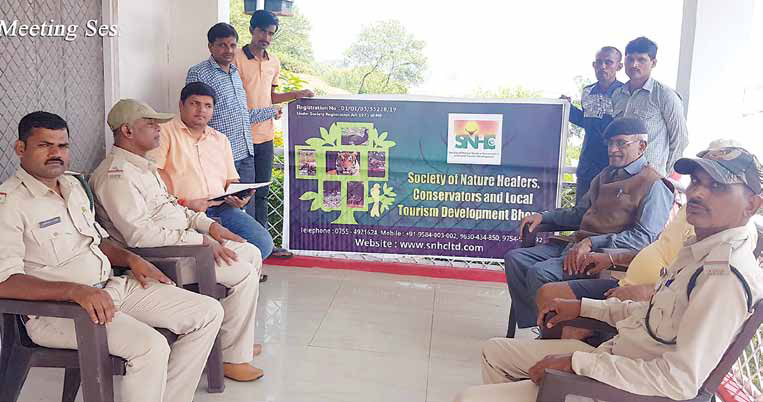
Some Facts of Jogdaha – a region in Son Ghariyal Sanctuary
It is a 209 Kms of protected area of River Sone starting from Bansagar Dam till Deora of Singrauli District of Madhya Pradesh border. It has now 03 ranges Rampur Naikin, Sidhi and Chitarangi with 03 beats in Rampur Naikin and Chitarangi and 04 beats in Sidhi. As per data at Jogdaha there are around 45 female Ghariyals and 08 male Ghariyals out of which 05 were brought recently from Chambal Ghariyal Sanctuary and breeding Centre.
There are around 65 Crocodiles too here. Every year a lot of crocs are rescued from nearby areas mostly during the rainy seasons due to flow of rainwater as well as the water from the Dam (Bansagar). In the year 2018 ten crocs were rescued. As per the forest guard of Jogdaha, their main challenge is monitoring of illegal sand mining in the protected areas of river-bed, and a lack of staff is making it difficult for both resident faunas and the protectors, Second challenge id high voltage power line passing through the sanctuary. In many areas due to which they are monitoring drastic fall in the number of migratory birds every year. A few birds found here are Indian skimmer, Bramhi Duck, Barheaded Geese, White ibis, Black stork etc.
It is very beautiful place to visit and see these aquatic animals and also the unique birds in their natural habitat. It is a very green and lushy place with adequate water all around the year to sustain the ecosystem required for the development of Ghariyals.
The dam is also somehow curse on this sanctuary as sometimes no water is released for, Long period of time in summer leading to dry up of many areas and as Ghariyals cannot walk on their feet, they are left in a limited place with limited supply of food creating fight for survival and sometimes inadequate release lead to the wash away of eggs of Ghariyals and the crocs too leading to huge loss. As in the last 5 years no increase in population of Ghariyals is registered but meanwhile lot of losses.
The coordination between the manmade things like dams etc. Which are actually stopping the natural flow of river to fulfill human’s basic need of power i.e. electricity. It is advised or suggested to coordinate with these forest peoples to check for the requirement of water for the normal living of these creatures and check when not to release much water i.e. during their laying of eggs and if required warn them to shift the eggs in hatcheries to minimize the loss of these precious animals. A lot of varieties of fish, tortoise etc. are also seen here. The entry charges for tourist to visit are Rs. 50 per person. Best time to visit is October to April of every year.
Monitored and Compiled by Vikas Singh Baghel (President SNHC India) Special Thanks to: (Mr. Ramesh Kumar Sharma – Forest Guard Baghdara, Jagjeevan Lal Sharma Vanpal Jogdaha, Ram Saroj Mishra and Jokhilal Prajapati – Forest Gaurds Jogdaha)

